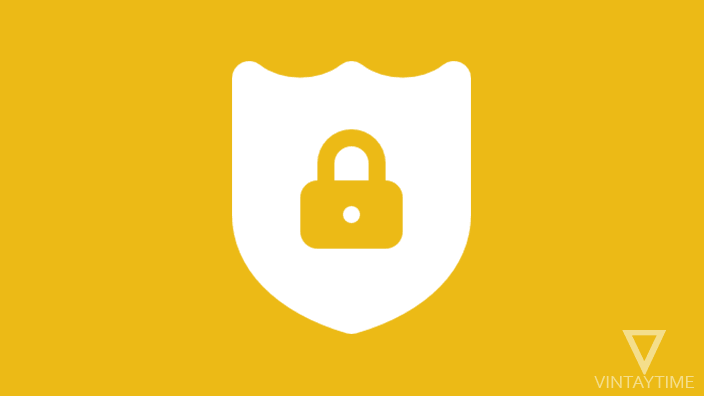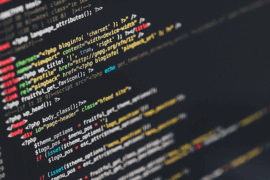Even the smartest tech teams can feel overwhelmed by cybersecurity rules. It’s not about being careless—it’s about trying to understand a system that’s always changing. That’s where a C3PAO steps in, breaking down the process and showing companies how to grow from the basics to full CMMC Level 2 readiness, one clear step at a time.
Bridging Policy Gaps with Tailored Security Roadmaps
When companies first look at CMMC compliance requirements, the list can feel long and a little confusing. A C3PAO helps make sense of it by creating a roadmap that shows what’s already in place and what’s missing. These experts don’t just hand over a generic checklist—they study the company’s current security practices, then build a plan that makes sense for the size, industry, and technical setup of the business. That plan turns abstract policies into realistic steps.
C3PAOs understand that no two companies are the same. A small manufacturer working toward CMMC level 1 requirements will have very different needs than a large defense contractor aiming for level 2. By building roadmaps around the actual systems and risks the business faces, C3PAOs help teams stay focused and avoid wasting time on irrelevant tasks. The roadmap becomes the go-to guide, helping leaders track progress and stay on course through the CMMC assessment process.
Embedding Accountability Through Defined Control Ownership
Security doesn’t work when no one knows who’s responsible. One of the ways C3PAOs help companies grow into CMMC level 2 requirements is by clearly assigning ownership to each control. They help break down the technical language so everyone on the team—whether they’re in IT, HR, or compliance—knows exactly what part of the system they’re supposed to manage or monitor.
This clarity makes a big difference. It cuts down on confusion and finger-pointing, especially when something goes wrong or needs updating. More importantly, it turns security into a shared responsibility across departments. Instead of relying on one person to juggle everything, C3PAOs help companies build a team approach, where every role matters and every person has a job to do in keeping systems secure.
Accelerating Security Culture Adoption via Tactical Training Sessions
Many companies struggle not because their tools are weak, but because their people aren’t sure how to use them right. That’s why C3PAOs focus on security culture, not just checklists. Through targeted training sessions, they help employees understand why certain steps matter—not just what to do, but how it protects the organization. This makes training feel less like a chore and more like a shared mission.
These sessions often include hands-on examples, real-world threats, and step-by-step guides that match the company’s actual environment. Whether someone works in finance or facilities, the training meets them where they are. That human approach is what helps companies make lasting changes. People start noticing risks on their own, reporting issues faster, and making smarter day-to-day choices.

Standardizing Evidence Management for Seamless Assessments
Collecting proof for a CMMC assessment can be tricky—especially if the documentation is scattered across different departments. C3PAOs simplify this by helping companies standardize how they gather and organize evidence. They show teams what counts as acceptable proof, where to store it, and how to make sure it stays up to date. That way, everything’s ready when the assessor asks for it.
Having a solid evidence management system also builds confidence. It removes the last-minute rush to find screenshots or policies and helps companies feel prepared instead of panicked. Whether it’s for showing compliance with CMMC level 1 requirements or handling the more advanced level 2, C3PAOs make sure the paperwork side of things doesn’t become a blocker to success.
Facilitating Continuous Compliance Through Routine Security Checkpoints
Cybersecurity isn’t a one-and-done job. That’s why C3PAOs encourage companies to build routines that check on their security health regularly. These checkpoints can be monthly or quarterly, depending on the company’s size and pace. During these check-ins, teams review past issues, update policies, test access controls, and look for new risks before they turn into problems.
These checkpoints create a rhythm that keeps companies aligned with CMMC compliance requirements, even as the rules evolve. It also helps prevent security fatigue. Instead of trying to fix everything at once, small, regular updates keep systems in shape and reduce the stress of major overhauls. With guidance from a C3PAO, these checkpoints become a habit that supports long-term compliance without burning out the team.
Customizing Risk Mitigation Plans Aligned to Specific Industry Needs
Every industry faces different threats, and a one-size-fits-all security plan just doesn’t cut it. C3PAOs take the time to understand what each company really needs. A contractor working with government data needs stronger data access controls, while a university managing research labs might need better physical access restrictions. Risk mitigation plans are shaped to fit those specific challenges, not just general best practices.

This personalized approach helps companies reach CMMC level 2 requirements faster and more effectively. It also builds security strategies that actually work in real-world settings, not just on paper. When plans reflect the unique environment of the business, they’re easier to follow, better at stopping threats, and more likely to stick around as part of the company’s regular operations. With a C3PAO’s help, companies don’t just meet the rules—they build systems that match their real-world needs.






